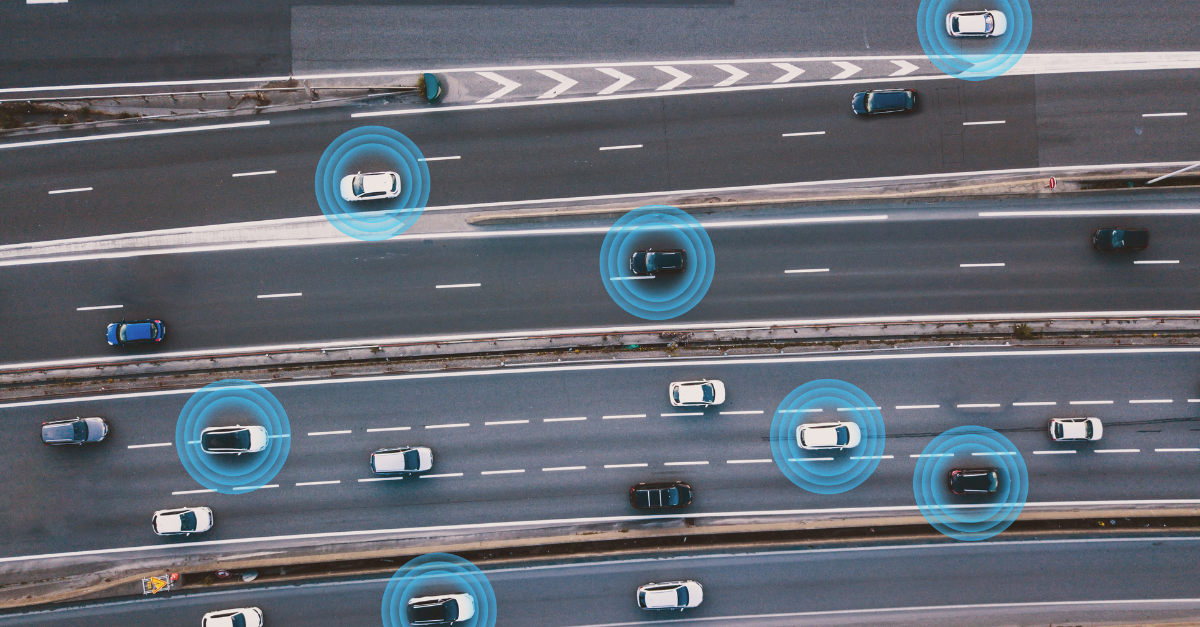Commercial Fleet Management: Strategies, Tools & Tips
Commercial fleet management plays a vital role in keeping businesses running smoothly, especially in industries like transportation, logistics, and...
Keep an eye on the road
Simplify your driver's routine
For efficient decision making
Ensure the compliance of your fleet
Simplify the daily life of your drivers
Maximize the value of your data
Unparalleled monitoring of your assets
The friendly competition that pays off
Planning powered by data
Exceed your customers' expectations
Provide better service to your users
Maximize the satisfaction of your citizens
Simplify your daily life on the construction site
Facilitate the electrification of your fleet
Our experts meet your needs
Easily meet the standards
Improve the safety of your drivers
Protect your data and your fleet

In a world where traffic is becoming increasingly dense and road risks are rising, driver safety is a fundamental pillar for transport companies. This article goes to the heart of the matter, highlighting the challenges, advanced technological solutions and best practices for guaranteeing driver safety.
Drivers face various risks daily, including driver fatigue, which reduces responsiveness; distracted driving, often exacerbated by smartphone use; adverse weather conditions, which can compromise visibility and grip; and non-compliance with traffic rules, a major cause of accidents.
These risks underline the crucial importance of adopting proactive safety measures and using appropriate technologies to monitor and improve driver safety on the road.
Adopting advanced technologies is crucial to improving driver safety. Fleet management systems, such as Geotab, provide an overview of driver behaviour, enabling risky practices to be detected and addressed. On-board cameras, by providing real-time recordings, play a key role in incident analysis.
In addition, behavioural monitoring software encourages safer driving by identifying and correcting dangerous habits.
Together, these tools form a solid foundation for an effective safety strategy.
Driver training and awareness are essential to promote safe driving. Comprehensive training programs, covering everything from fatigue management to distraction prevention, can significantly reduce risky behaviour.
Through internal campaigns and regular reminders of the importance of safety, ongoing awareness-raising reinforces drivers' commitment to responsible driving practices, contributing to a safer road environment for all.
Companies must comply with government road safety regulations while developing their own internal policies to ensure driver safety. These policies can include strict guidelines on driving hours, mandatory breaks, and the use of safety technology.
Accident prevention and incident management involve clear procedures and training to prepare drivers to react effectively in the event of an emergency. Monitoring and alert technologies help prevent accidents by identifying risky behaviour.
Rapid, organized management is crucial in the event of an incident to minimize the impact and ensure the safe resumption of operations. Safety culture, supported by continuous training, is at the heart of these efforts.
Insurance companies play a crucial role in promoting driver safety by demanding high standards for driving practices. Tailored insurance policies encourage companies to adopt advanced safety technologies and implement rigorous training programs.
Financial incentives, such as reduced premiums for fleets with good safety records, motivate companies to maintain and improve their safety measures.
Driver safety and sustainability are interconnected, promoting driving practices that protect drivers and reduce fleets' ecological footprint. Well-maintained vehicles and responsible driving reduce fuel consumption and emissions, while the use of advanced technologies can optimize routes and reduce waste.
AttriX helps improve driver and fleet safety with advanced solutions such as Geotab telematics, GoSight NG on-board cameras, and customized training programs.
These tools enable precise monitoring of driver behaviour, better risk management, and encourage safer, more economical driving. AttriX is committed to protecting drivers and optimizing transport operations.

Commercial fleet management plays a vital role in keeping businesses running smoothly, especially in industries like transportation, logistics, and...

In fleet management, fleet compliance services play a much bigger role than just checking a box. They’re about keeping your drivers safe, your...

Trucking has always come with its fair share of challenges, from road safety and liability issues to managing fleet efficiency. As the industry...